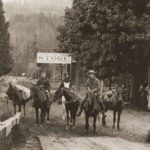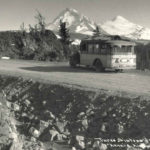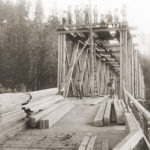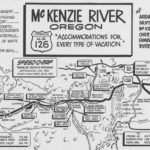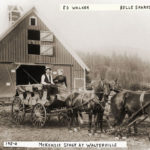The Story
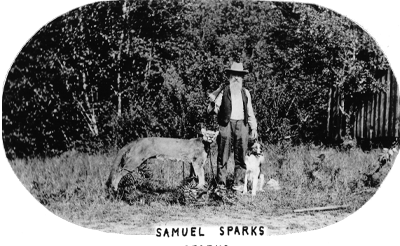
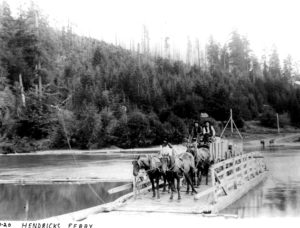
The McKenzie Highway, also known as Oregon Route 126, is a history of how a trail for Native Tribes became a high-speed highway for cars and trucks in a thriving post-industrial civilization. The trail evolved over thousands of years as the First People made seasonal trips in the area to catch fish, pick berries, and collect obsidian for tools and weapons. In 1812, the fur-trader Donald Mackenzie may have walked on this same trail exploring the river that would some day be named after him.
In the 1850s, tens of thousands of American immigrants claimed land in the Willamette Valley and the Native Americans were moved to live on Reservations. In the 1960s the trail became a wagon-road when Caswell Hendricks built a ferry across the McKenzie River near Cedar Flat, and when gold was discovered in Blue River. Homesteaders and miners moved in. Homesteaders claimed flat ground along the river’s edge and built the wagon-road connecting those claims. Some of their efforts were rewarded by being able to have a toll-gate on their property. When Lane County took over ownership of the road in 1895 they no longer charged tolls.

At the turn of the century, travelers on our road were at the mercy of the seasons. During the summer months dust kicked up by stage coaches and horse riders chocked residents and travelers alike. In the winter months, rains made the roads a muddy impassable mess. The problems increased as more people used the road, and more and more people came because of the gold mines, available land to homestead, and jobs.

The invention of automobile changed our road forever. The journey from Eugene to the Hot Springs or fishing lodges had been arduous by horse-pulled wagons, but with the invention of the automobile it became a relatively short, enjoyable ride. These new machines became log-trucks which soon replaced river log-drives as a way to get logs from private land to the sawmills in Springfield.
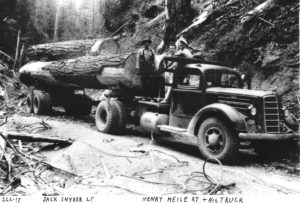
In 1917, our road became an Oregon State Highway. In the early 1930’s, federal funds were used to straighten it, pave it, making it safer and usable for everyone. The east end of the highway was still closed for many months each year on account of the deep snow on the McKenzie Pass.
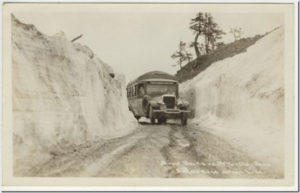
It wasn’t until the mid-1960s that the State finished the Clear-Lake Cutoff, allowing year-round travel from Sisters to Springfield. This, along with construction of three large dams and increased timber harvest from from National Forests increased the highway’s use once again. In the 1970s the highway was once again straightened and widened. The highway bypassed Blue River and McKenzie River Drive all together after this change. The 1970s work also added passing-lanes in a number of places between Walterville and McKenzie Bridge.
